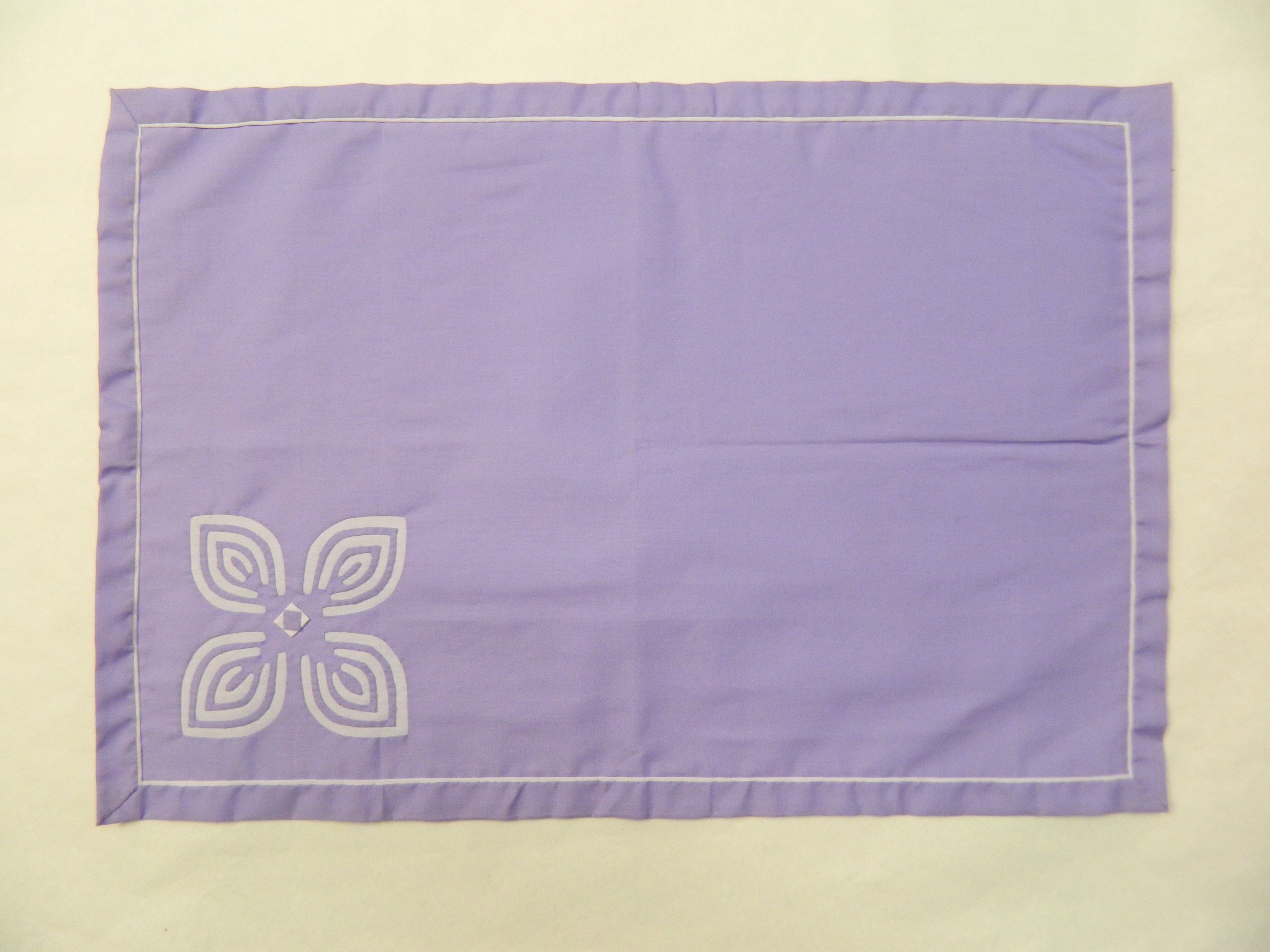Paj ntaub, or Hmong embroidery, has become a Hmong artistic gift to the world. For centuries paj ntaub was the specific distinctive costume detail that belonged to each of the many Hmong groups scattered across the mountains of southwestern China and northern Southeast Asia. Women were known for their skill with needle and thread in producing their family’s clothing for Hmong New Year and other special occasions. They raised hemp, wove it into cloth, and dyed it with indigo and other natural dyes. This continued with little change for centuries in the mountain villages unless wars disrupted their peaceful subsistence farming lives.
Especially after 1950, life changed dramatically for the Hmong of Laos who became refugees in Thailand after 1975 and were resettled in a dozen countries around the world. Traditional paj ntaub designs experienced huge changes as Hmong minds and fingers in the camps created dozens of non-traditional, commercial products such as bookmarks, Christmas ornaments, pillowcases and bedspreads, and the remarkable storycloth. In embroidery stitches, batik, appliqué, and other techniques, Hmong recent history, village life, folktales, and animal scenes were produced for resettled relatives to sell.
Sand-filled toy animals became a new idea, as well as the intricate women’s headdresses sewn into one-piece hats. In Thailand and China, worn Hmong batik skirts were re-sewn into handbags, jackets, fashionable skirts and dresses, and many other wares. Luang Prabang, Laos, with its masses of tourists, has developed cloth storybooks and gigantic spirit people wall hangings. In the US, young Hmong designers use traditional elements in producing fascinating new clothing. Machine embroidery bands in Hmong designs are very popular, especially in women’s clothing. Hmong paj ntaub, although often not hand-stitched, is alive, evolving, and flourishing, a sure sign of the health of Hmong culture.
The www.HmongEmbroidery.org website includes a number, description, source (artist or seller), year (or range of years) when acquired, size in centimeters, and organization that owns the paj ntaub, if you are interested in seeing the actual piece. Only a small number of Hmong Archives paj ntaub are on the website. This virtual museum was a joint effort in 2011-2012 of the Hmong Cultural Center (www.hmongcc.org) and Hmong Archives (www.hmongarchives.org), both in Saint Paul, and was made possible by grants from the National Endowment for the Arts, and the Asian Pacific Endowment of the Saint Paul Foundation, for which we are very grateful. 2013sep13mlh
A COLORFUL COMMEMORATIVE BOOK OF 150 PAGES IS AVAILABLE FOR $50 FROM EITHER ORGANIZATION.

